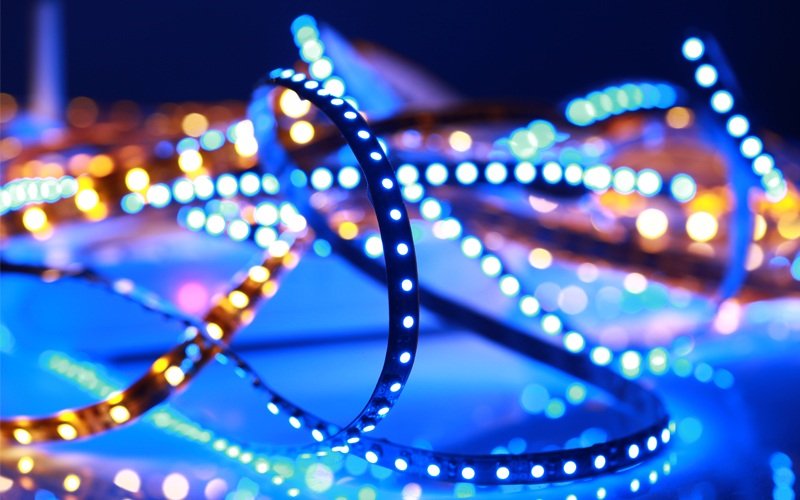
The lighting industry has been evolving at a rapid pace over the last several years, largely due to significant improvements in LED technology, which has positioned it as the go-to technology for traditional lighting fixtures. The growth of global LED usage has been phenomenal, projected to reach 87 percent of all light sources used in 2030, up from less than half in 2019.
By virtue of their durability, energy efficiency, versatility and environmentally friendly nature, LEDs are understandably in high demand and have become one of the most ubiquitous electronic components on the market today. With significant advances in LED technology on packages, features, improved efficiencies and manufacturing costs, they have easily surpassed traditional incandescent bulbs and compact fluorescent bulbs (CFLs) in popularity.
As a result, LEDs are expected to change the dynamics of lighting in every sector, including industrial, retail, residential, healthcare and automotive. Certain technology trends are emerging that will create a host of new opportunities in the general LED lighting market.
The Internet of Things (IoT)
IoT not only connects phones and computers to smart electronics, but it can also control internet-enabled lighting fixtures. This allows users to remotely control lights to suit their preferences for color and intensity or to program them to switch on and off at specific times. Additionally, these light fixtures are able to respond to an occupant’s presence or movements and adjust LED lighting to natural ambient lighting conditions.
Human-Centric Lighting
LED-based, human-centric lighting is controllable and tunable across a broad spectrum of correlated color temperature (CCT) and can have a positive impact on its environment. Such lighting is capable of stimulating particular biological responses in humans based on circadian rhythms or nature's cycle of day and night lighting conditions. This tuning of light can improve mood, concentration, energy and sense of alertness in individuals. The benefits of human-centric lighting are currently being evaluated in the industrial manufacturing, medical and educational sectors.
Wireless Lighting
New LED fixture designs now include wireless connectivity. This feature allows the lighting fixture intensity and color temperature to be controlled without additional wiring. Such fixtures are being installed in green outdoor lighting and specialty retrofit projects. They consume very little energy and generate less heat, which also minimizes the carbon dioxide produced by traditional lights.
Smart LED Bulbs
Smart LED bulbs are equipped with various features for increased functionality. Most are designed with Wi-Fi or Bluetooth capabilities. They can also be controlled by digital assistants such as Alexa, Apple or Google Assistant. The great advantage of smart LED bulbs is they can be placed into existing sockets and perform at the same functionality levels as retrofit smart LED fixtures.
Follow TTI, Inc. on LinkedIn for more news and market insights.

